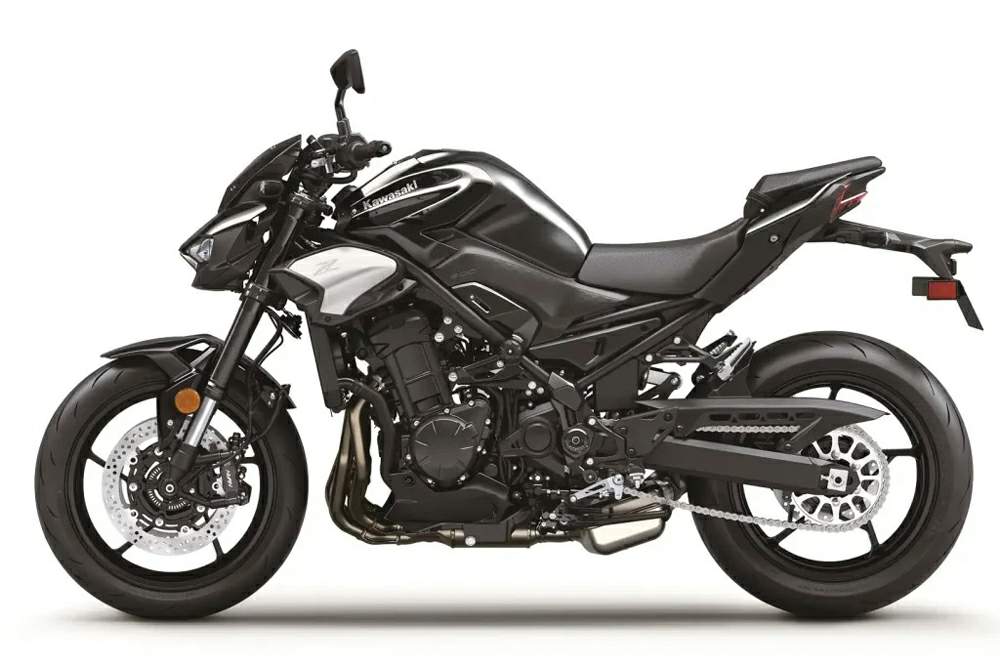
|
|
|
|
|
|
Classic Bikes
Custom Bikes
Individual
Racing Bikes AJP
AJS
Aprilia
Ariel
Avinton / Wakan
Bajaj
Benelli
Beta
Bimota
BMW
Brough Superior
BRP Cam-Am
BSA
Buell / EBR
Bultaco
Cagiva
Campagna
CCM
CF Moto
Combat Motors
Derbi
Deus
Ducati
Excelsior
GASGAS
Ghezzi Brian
Gilera
GIMA
Harley Davidson
Hero
Highland
Honda
Horex
Husaberg
Husqvarna
Hyosung
Indian
Jawa
Kawasaki
KTM
KYMCO
Laverda
Lazareth
Magni
Maico
Mash
Matchless
Mondial
Moto Guzzi
Moto Morini
MV Agusta
MZ / MuZ
NCR
Norton
NSU
Paton
Peugeot
Piaggio
Revival Cycles
Roland Sands
Royal Enfield
Sachs
Sherco
Sunbeam
Suzuki
SWM
SYM
Triumph
TVS
Ural
Velocette
Vespa
Victory
Vincent
VOR
Voxan
Vyrus
Walt Siegl
Walz
Wrenchmonkees
Wunderlich
XTR / Radical
Yamaha
Zero
Video
Technical
Complete Manufacturer List
|
Kawasaki Z 900 / SE
From Kawasaki Website: This Z900 SE supernaked ushers in the most evolved iteration of Sugomi, matching radical streetfighter attitude with premium features. Make no mistake, the challenger spirit is stronger than ever—the Z900 SE imposes a powerful aura with refined design and assaults the senses with every roar of the 948cc engine. Sugomi Performance Refined Sugomi Styling Fully-Loaded Supernaked
KCMF - Kawasaki Cornering Management
Function IMU - Inertial Measurement Unit
Power Modes Smartphone Connectivity KTRC (3-mode) Assist & Slipper Clutch
KQS - Kawasaki Quick Shifter Horizontal Back-link Rear Suspension Sound Tuning Designed specifically to allow riders to enjoy their motorcycles aurally as well as physically, the carefully crafted auditory notes can be the key components of the street riding exhilaration offered by models that have benefitted from sound tuning. Sound tuning can include conducting sound research, designing intake and exhaust system components based on acoustic test carried out in a sound room, and careful consideration of every detail of a system’s components to ensure a balance of performance and the desired sound.
Electronic Throttle Valves Electronic Cruise Control ERGO-FIT
Economical Riding Indicator ABS
|
|
|
Any corrections or more information on these motorcycles will be kindly appreciated. |